“We need to talk to each other” – this year's Synlog Day was again dominated by this appeal. There was hardly a lecture that did not point out the advantages of cooperation. And the event itself was also the result of a collaboration: Synlog is a joint initiative of the Haus & Garten manufacturers' association and the Garten industrial association. The day's program addressed the question of how the industry can deal with limited capacities. Everyone encounters issues on a daily basis that make them wonder why something isn't working again, explained Synlog managing director Markus Schering in his welcome address.
“We are experiencing limited capacities everywhere. We are experiencing it much more recently than I ever thought,” he admitted, adding, ‘We are here to find out why this is the case’. However, they had not come to complain, but to find solutions to maintain their day-to-day business and be satisfied. “We have to come together, talk to each other and help each other,” emphasized Schering.
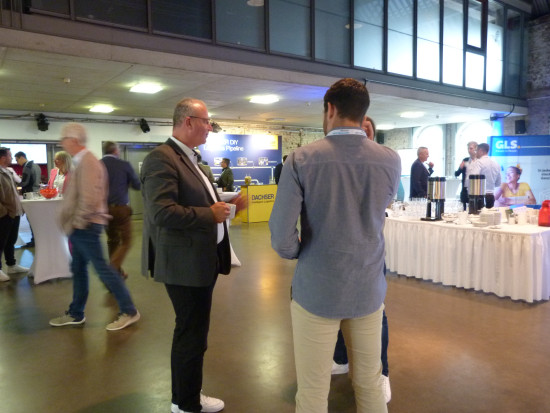
Antonios Regalos and Stephan Schiller from X Staff (pronounced: Cross Staff) also see it this way. The cooperation bundles transport volumes, particularly in sea freight, in order to achieve better conditions for companies or to make some transports possible in the first place. This makes the participants more attractive network customers and allows them to receive larger freight volumes. In addition, the resulting mix of goods to be transported helps to smooth out peaks with seasonal products that are difficult for shipping companies to handle. “We thought: We also shop together in retail, we can do the same in logistics,” says Schilller. In his opinion, it would also be a good idea to establish a similar cooperation for air freight or LCL (freight forwarding and container logistics). In his presentation, he also promoted the BCO conference in September, which is the focus of this issue.
Dachser is tackling limited capacities with innovation and has been working with the Fraunhofer Institute since 2017. This has resulted in the @ILO project, a digital real-time mapping of a complete transshipment warehouse, also known as a digital twin. It displays the master data and the current location of the goods and information about the forklifts in the warehouse. It is also possible to show where the package is to be taken and compare it with the real-time image…

 Menü
Menü




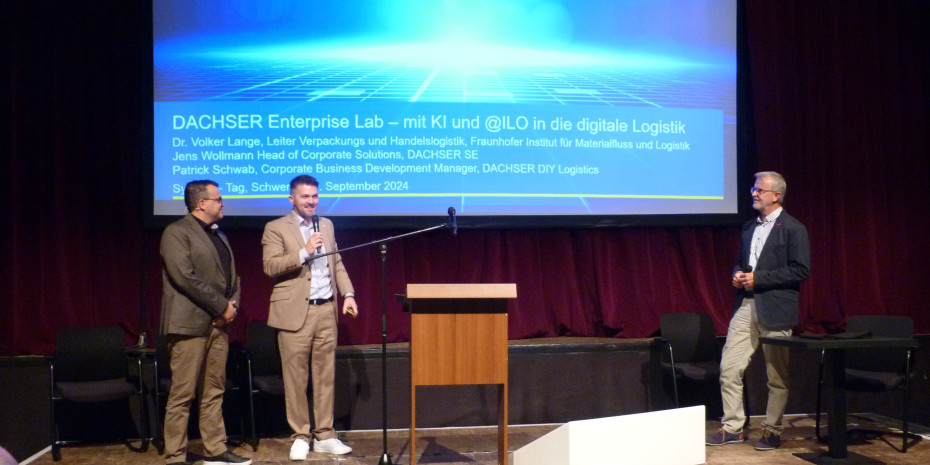

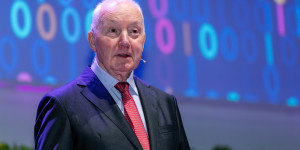
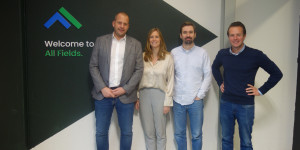

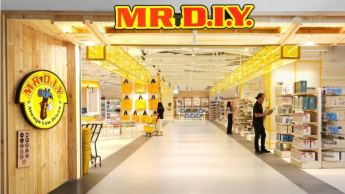

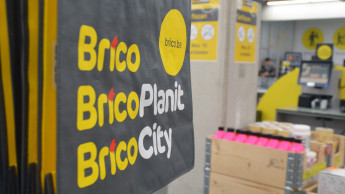
 Newsletter
Newsletter